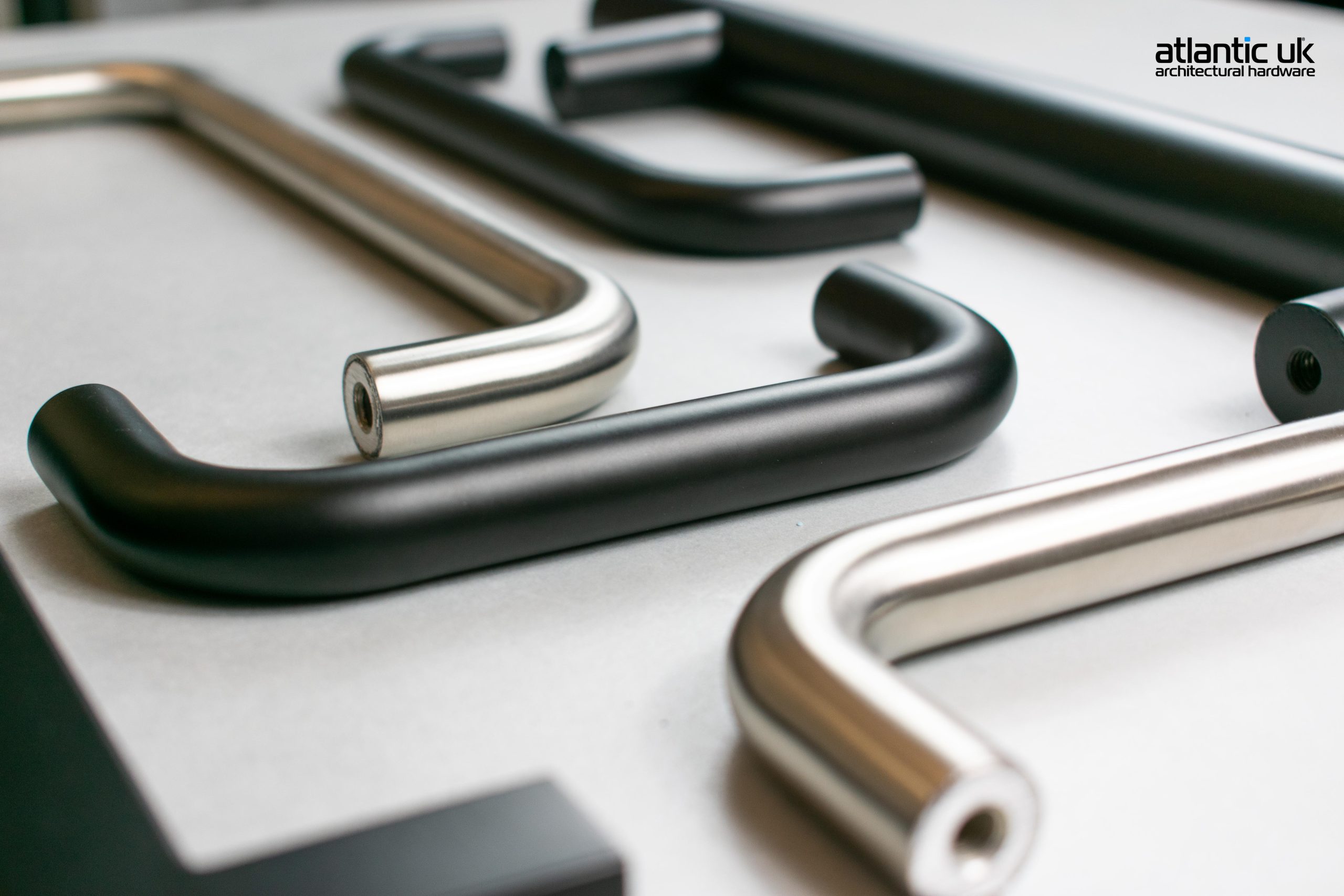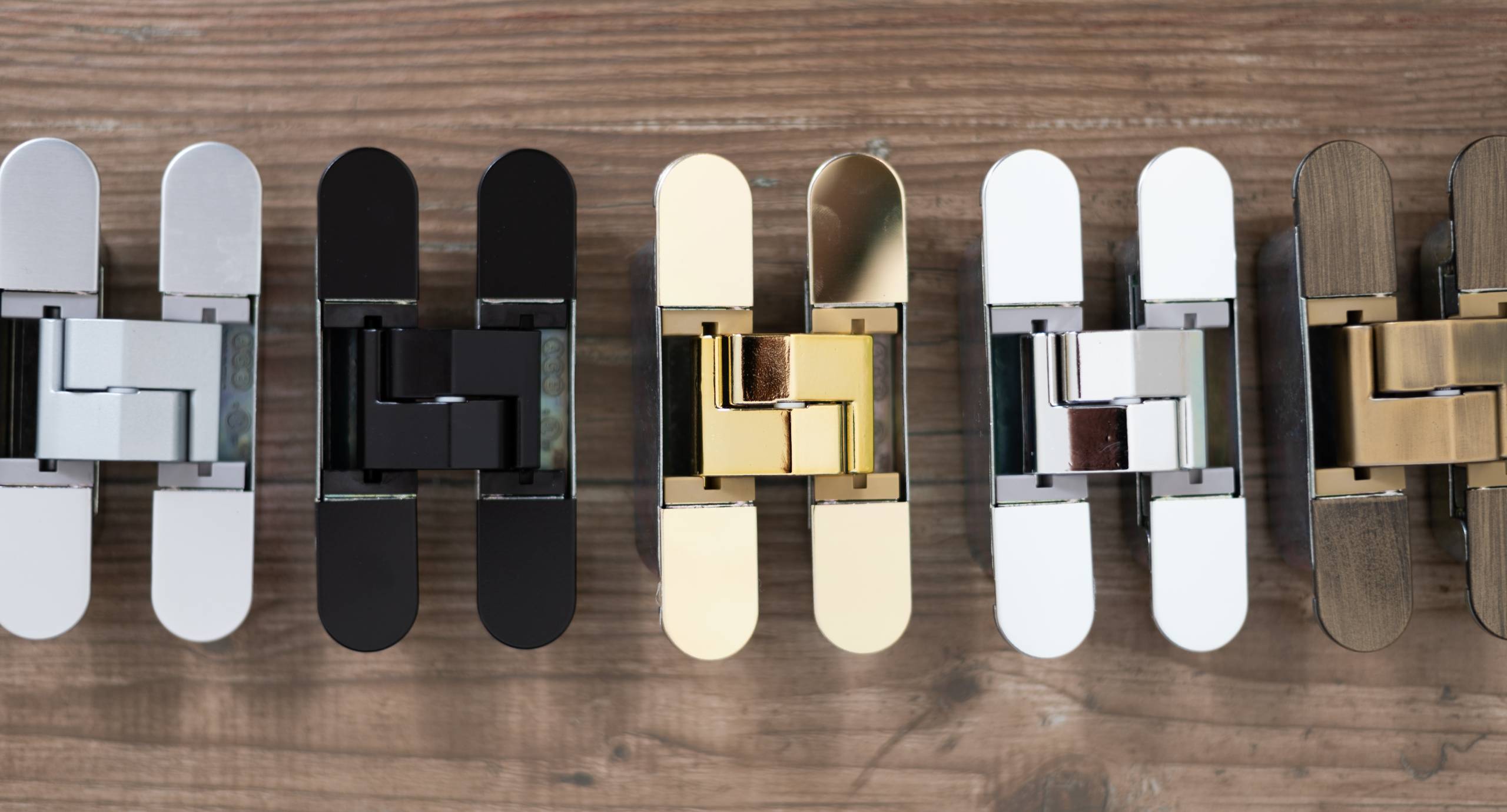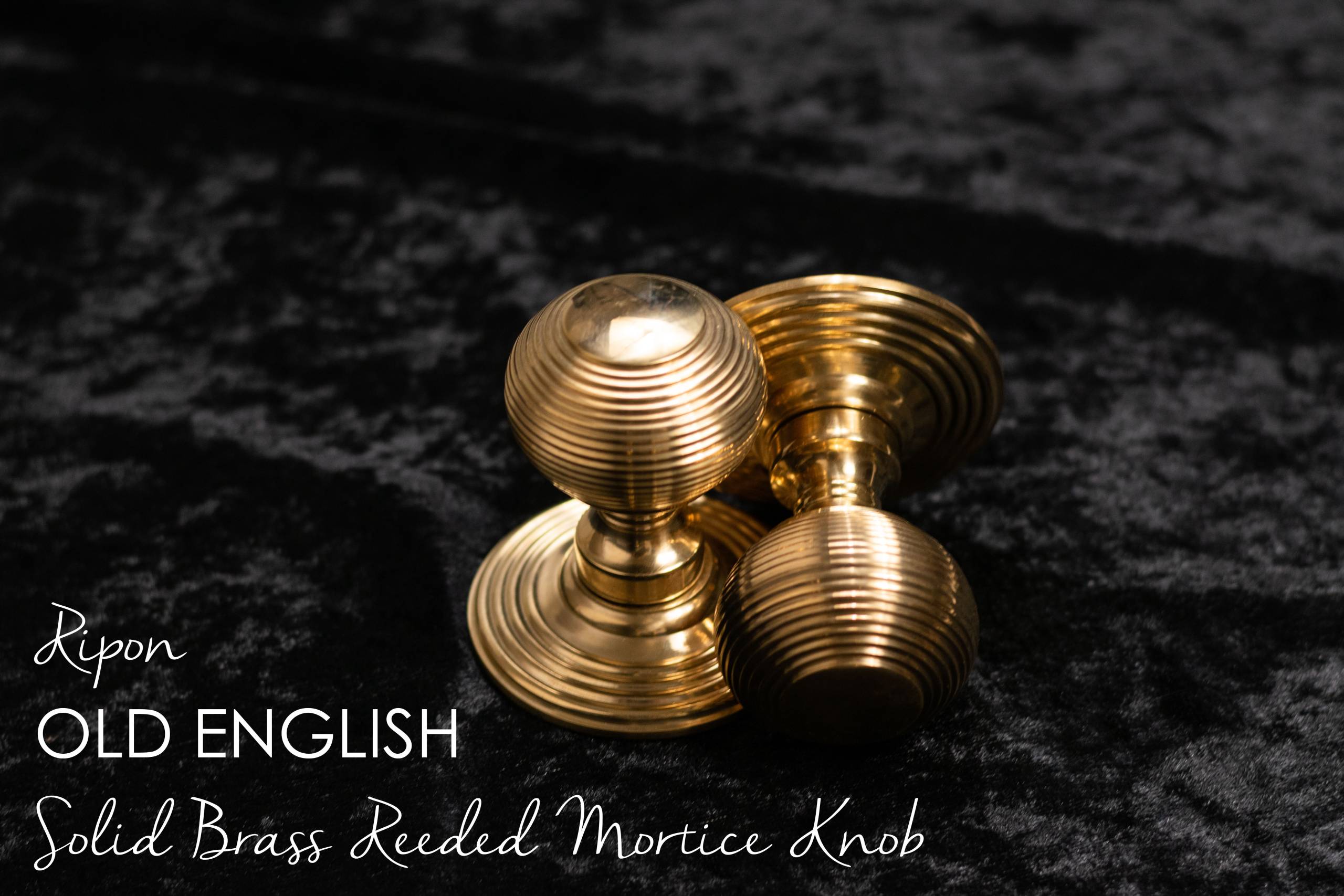Whichever side of the fence you sit on this subject, it is undeniable that there are pros, and cons to Pocket Door systems. Whether it be during the fitting or installation process, or in the finished look, there are multiple factors that could be regarded as massive advantages or pose problems.
Pro’s
- Pocket Doors are the perfect solution for interiors where space is tight. Opting for a Pocket Door over a typical hinged door, enables you to free up valuable space and space-saving equals money saving. The average asking price per square meter of a house in England and Wales is around £2,954. It could soar up to £10,427 in some areas of the most sought-after postcodes in London. So, it is well worth using every square meter of your home! Using EvoKit pocket door kit systems, you can gain up to 1 square meter (per door) by replacing a hinged door. Creating useable space is critical, and Ermetika pocket door systems can be your solution.
- When open, a swinging door occupies wall space behind the door, which is usually equal to the width of the door. In small rooms where wall space is needed for furniture placement, art, or other aesthetical uses, pocket doors can free up much-needed wall space.
- Pocket Doors can divide a room, or also make two rooms feel more joined. Pocket doors are useful in circumstances where two separate rooms may want to be used separately at some points, but together as a fluid space at other times. An example would be a formal dining room which may have a pocket door into a kitchen or living room. The doors could be open to allow free movement when entertaining or closed when the rooms were required separately.
- Pocket doors have beautiful aesthetic factors. Pocket Doors are modern, and minimalistic, which appeals to many homeowners who are looking for a streamlined look.
Con’s
- Pocket doors don’t close quite as tightly as conventional swinging doors. This, therefore, means that pocket doors are not as effective in preventing noise, smells and light from travelling from one room to another.
- The wall that the pocket door is situated in, must be free of structural wall studs, plumbing, and electrical wiring. It also must not be weight-bearing and must be structurally safe to have the space removed where the pocket door and track will sit. Due to this, pocket doors are not as flexible in regard to the layout of pipes, wiring and shelving that might be needed in the room. However, should this be thought through in advance of constructing the wall, it should not create an issue.
- Pocket doors can have functionality issues such as sliding difficulties and locking problems. However, the Ermetika EvoKit does have an extractable track and rail for easy maintenance.
- Sliding doors are hard for individuals with limited use of their hands, such as people with arthritis. Opening pocket doors via the flush pulls requires more pressure than opening and shutting a standard swinging door, which can pose a challenge for those who may have pain or weakness in their hands.
Each of these pros and cons may not apply to every situation. If the interior is large and spacious and the pocket door is being planned into the design from the initial stages of the build; then a lot of the disadvantages of pocket doors may not cause a challenge, but it is definitely worth carefully considering the advantages and disadvantages before committing to purchase a pocket door!
View our Tips for Pocket Door selection here for more information on the buying process!






